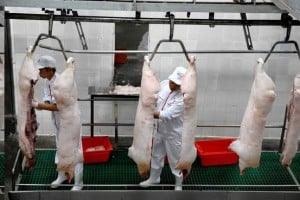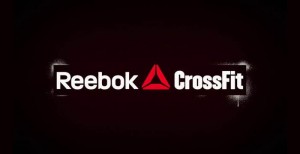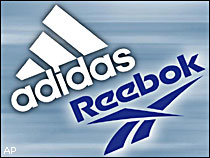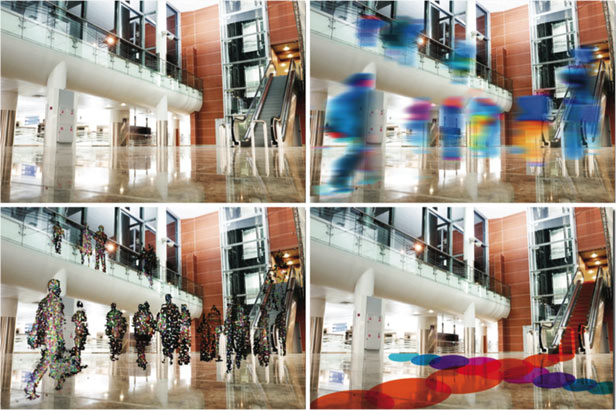Project cost and timelines are usually the hottest topics when a project is initially rolled out. Let me start by stating I am no Project Manager nor pretend to be, but I have lead and assisted numerous projects throughout my career. One of the burning questions my managers have seem to always ask is “when will I have this completed and how much is it going to cost?” From my experience he was always more concerned with getting the project completed on time than cost. Not to say that cost was not important, as long as the expenditures were in reason. In manufacturing as in any other industry the customer comes first and is the main focus of everyone in the company. As we know estimating cost can be either from the bottom up or the top down. In my opinion bottom up approach is preferred because it is usually the project manager or project engineer that will be see the project through. I know in my field of manufacturing you don’t have top level managers on the production floor. They are knowledgeable but operations is a completely different world than engineering, sales, or marketing.
As I mentioned earlier completion time and meeting deadlines is what top managers are looking at when projects are in process. I used a critical path analysis chart to help with my estimation for completing a project. The project consisted of relocating a family of speakers that logistically makes since to assemble on the west coast. Considering most of the raw components we buy for this speaker are from the west cost and the finished assembly is primarily sold to customers in that region. We decided to relocate this product family to the Anaheim plant. So this project from a operations stand point consisted of transferring all the purchased and manufactured components from Illinois to California and setting up a work cell. So the critical path chart made a lot of since for this project because so many part numbers needed to be transferred, equipment needed to be purchased, testing equipment needed to be fabricated, along with standard work and training documents.
So when I had my completion date estimated and total cost of all invoices for this project. I presented it to my manager and his manager. Unfortunately the project was not completed until two months after my estimation, for reasons that were out of my control. from an operations stand point everything was ready to go. My manager understood that and knew I had completed all my task. All Project managers struggle with the same dilemmas and that is estimating how much a project will cost and how long will it take to complete the deliverables. I wanted to see what project managers in the field had to say on this topic so I visited the PMI website. Click on the link below to see what they had to say. Also feel free to leave a comment on your experiences with estimating.
http://www.pmi.org/Learning/knowledge-shelf/project-estimating.aspx











